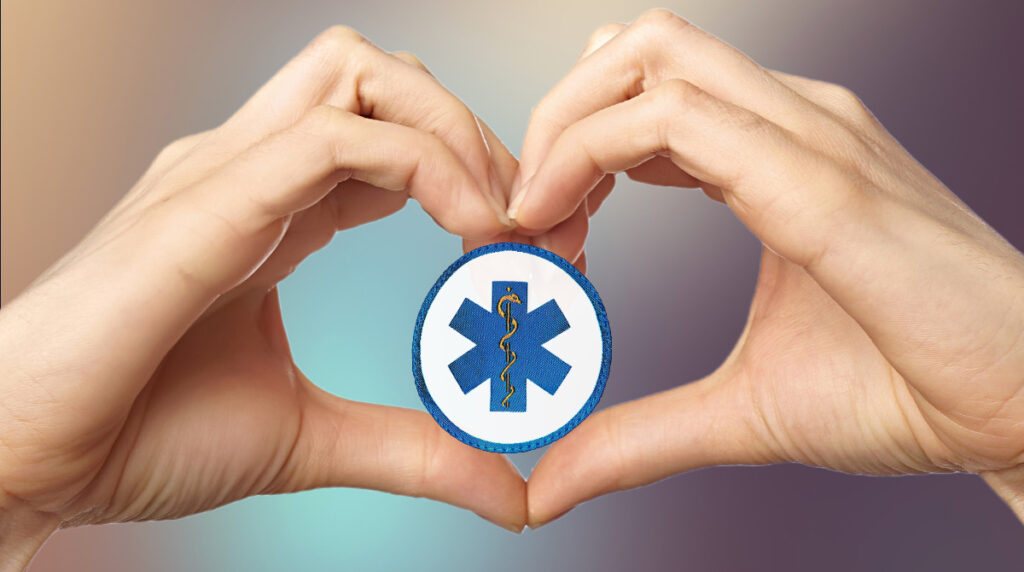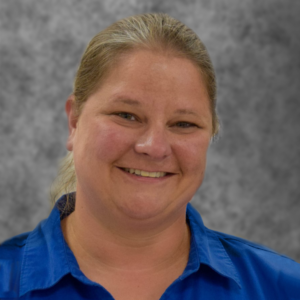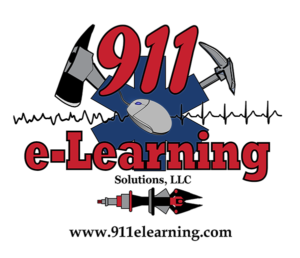Physical fitness is not just important for maintaining a healthy lifestyle. In EMS, it is…

Loving an Industry That Doesn’t Love Us Back: An EMS Provider’s Paradox
Home » 911 e-Learning News » Loving an Industry That Doesn’t Love Us Back: An EMS Provider’s Paradox

In 1999, at the age of 19, I decided that my life’s goal was to be the coolest thing in existence—a paramedic. I was fascinated by biology, science, the human body, and held a deep desire to be part of something larger than myself. I wanted to help others. I wanted to know everything about everything. I wanted to be that person who could assess a patient, confidently determine a diagnosis, and provide the best possible treatment for them. I wanted to be the person who could bring order and peace to chaos. I needed the adrenaline rush. I needed the dopamine release when I figured out a problem. I needed to be pushed, to be challenged, to have the patients who made me truly dive deep into my knowledge bank to figure out what was wrong with them. The bad calls, the death, the violent assaults, the car crashes, the heart attacks, the respiratory distress, I wanted all of it.
Fast forward to 2022, at the age of 42, I now ask myself “why”? Why do people like me want to do this job? Is it worth it? Why do we have a desire to bear witness to terrible things? Why do we want to be part of tragedies? Why do we want to put our physical, psychological, and spiritual health at risk for people who complain we took too long to get there, for the drug overdoses, the alcoholics, the chronic non-compliant patients who have worse self-destructive behavior than we do? Why do we “seasoned” providers and educators feel a need to advocate for a career field that provides little thanks, low pay, dangerous situations, exposure to hazardous materials, deplorable housing conditions, violence, physical assaults, and chronic misuse of our services? Why do we encourage younger generations to join this field? Why do we instill an excitement and love for a field that we know is likely to damage them?
I began teaching part time in 2001 as a CPR and skills instructor for a local community college. Teaching is where I began to find my true niche and a purpose outside of running calls. Twenty-one years later, I am still teaching and advocating for this industry that is a service-oriented paradox that receives very little positive attention but seems to be a beacon for negative publicity. Over the years, I have come to realize that some of the most important information and advice I can give to my students is to share with them what this field is really like. They need to understand the dark under belly of the beast. As educators, preceptors, FTOs, and field providers, we all have a responsibility to pass along our enthusiasm for helping others while instilling the fact that all the things we do for others comes at a price. No good deed goes unpunished. Yes, we occasionally can genuinely make a positive impact on the well-being of others. Yes, we sometimes witness the miracle of bringing the dead back to life. There is truly no better feeling than resuscitating the dead or assisting with the birth of a precious baby. However, those experiences are the exception rather than the norm.
Our calling is truly a passion that cannot be quantified or described. It is at times a dark, thankless existence in which we muddle through our intrusive thoughts each day and haggardly drag ourselves from one overtime shift to the next: eventually becoming numb to our patient experiences, our own feelings, and our own needs. We become robotic in a sense. Going through the motions with near complete emotional detachment from reality.
As a collective, we need to be cognizant of providing our students and new employees with the tools needed for mental health resiliency, therapy, counseling, vacation time, livable wages, regular schedules, and adequate downtime for decompression. We all must look out for one another and teach coping mechanisms early on. Sharing our experiences-and sometimes our mistakes-with dealing with the negative effects of such a career choice can assist others with their coping skills. Our profession has an alarming turnover rate across the nation. We are in a cycle of downward trends. The demand on our systems is increasing every year, our providers are pushed into overtime to meet the demands, the pay does not improve, providers are burning out and leaving the profession, which leads to a further increase of demand on our systems, increasing mandated overtime, increased burnout, etc.
The age-old question is, how do we train and retain talented and resilient providers to remain in this field? There is not one single answer. There are multiple facets that must be addressed. While we cannot completely mitigate the public’s demand for services or reactions to services provided, we can look at mental health screenings prior to employment, education focused on resiliency, mental health resources, eliminating the stigma surrounding mental health, improving leadership and management strategies, improving pay and benefits, reducing overtime demands, and providing holistic support services as possible interventions. Until we can change the entire culture of EMS, each of us must evaluate what small part we can have in sustaining the future of our beloved career field. How do we shift from a “stepping-stone” job to a retirement career? To move forward, we must quit looking backward. To elicit change, we must ask “how can we make this work” instead of saying “we can’t do that at all”. Instead of complaining about the way things are, ask what we can do to make improvements.
There are two definite things that EMS providers dislike; the way things are, and change. We cannot continue to avoid both. Much like patient assessment, we must assess the situation, decide if it’s a problem, and then do something about it. History has already assessed the situation and decided that problems exist. The burning question is, what are WE going to DO about it?
Christine Turner, M.Ed., NRP

Christine Turner began her EMS career in 1999 as a volunteer medical responder with her local fire department and began teaching CPR classes in 2001. By 2005, she had completed paramedic training and served several years with a county EMS agency as an FTO and Shift Captain. In 2010, she transitioned to teaching full-time with a community college. She is a Level II paramedic instructor with extensive experience with teaching seated, hybrid, and online classes as well as advising strategies for degree-seeking and transfer students. She has served as a program director and has been through accreditation processes with two community colleges.
She has completed a Bachelor of Science degree in Emergency Medical Care from Western Carolina University (Go Cats!), a Masters of Education in Higher Education Leadership from Liberty University (Go Flames!), as well as a variety of NCCCS teaching and leadership trainings.
Christine remains an active lead paramedic instructor and program director. She enjoys collaboration, problem solving, and developing plans for world domination. Her favorite past times are spending quality time with her family, dogs, and friends.
Related Posts
- Physical Fitness within EMS
- Compassion Fatigue
Compassion fatigue is a common struggle among many professionals within the medical field. Check out…
- Say What?
Are you the one that tends to say "yes" more often than not, and then…
